Jumbo Bag Specifications: Your Guide to the Details
Jumbo bags, also known as FIBCs (Flexible Intermediate Bulk Containers), are an essential component in industries that require the storage and transportation of bulk goods. From agriculture and construction to chemicals and pharmaceuticals, these versatile containers provide a cost-effective, durable, and efficient solution for handling large quantities of materials. However, selecting the right jumbo bag requires understanding the specifications that align with your unique needs. This guide will walk you through the critical details to consider when evaluating jumbo bag specifications.
Jumbo bags, also known as FIBCs (Flexible Intermediate Bulk Containers), are an essential component in industries that require the storage and transportation of bulk goods. From agriculture and construction to chemicals and pharmaceuticals, these versatile containers provide a cost-effective, durable, and efficient solution for handling large quantities of materials. However, selecting the right jumbo bag requires understanding the specifications that align with your unique needs. This guide will walk you through the critical details to consider when evaluating jumbo bag specifications.
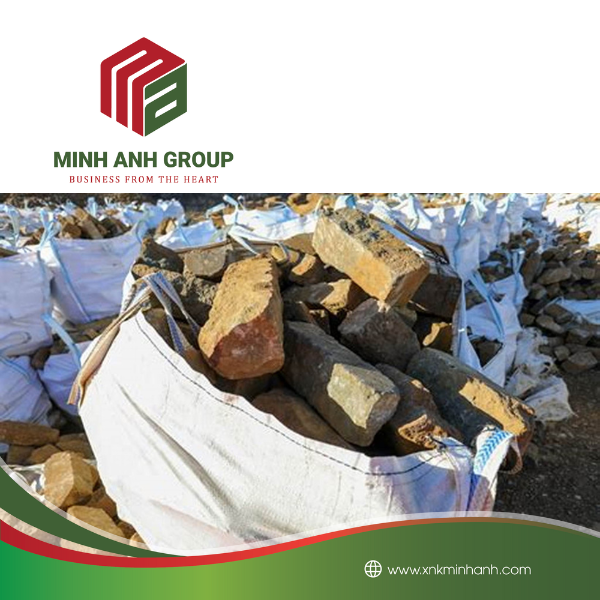
1. Material Composition
Jumbo bags are typically made from woven polypropylene, a lightweight yet highly durable material. Polypropylene offers excellent resistance to moisture, chemicals, and UV exposure, making it suitable for both indoor and outdoor use. When reviewing specifications, ensure the material meets industry standards and is compatible with the type of product you plan to store or transport.
For applications requiring additional protection, such as food-grade or pharmaceutical products, laminated or coated polypropylene may be necessary to prevent contamination or moisture ingress.
2. Bag Dimensions and Volume Capacity
Jumbo bags come in various sizes and capacities, typically ranging from 500 kg to 2,000 kg (1,100 lbs to 4,400 lbs). The dimensions of the bag should correspond to the volume and weight of the product being handled. Common configurations include:
– Standard Bags: Suitable for general-purpose use with moderate weight limits.
– Tall Bags: Designed for lightweight but voluminous materials such as grains or powders.
– Wide Bags: Ideal for heavier products that require a lower center of gravity during transport.
Accurate measurements are crucial to avoid overloading the bag or underutilizing its capacity. Always confirm that the bag’s Safe Working Load (SWL) matches your operational requirements.
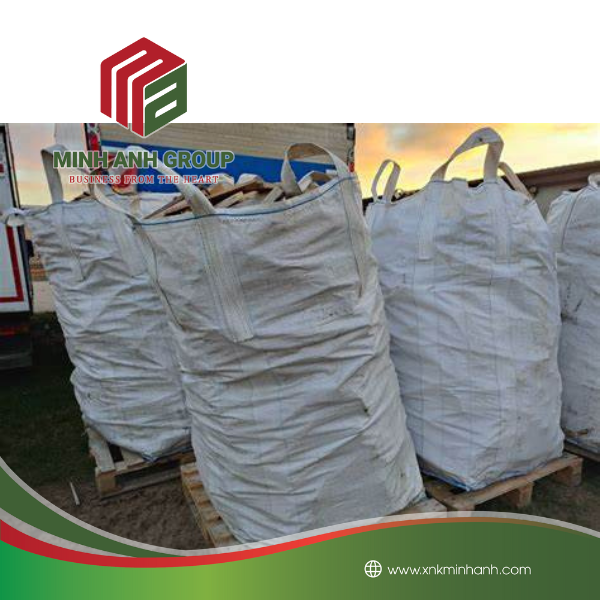
3. Design Types
The design of a jumbo bag can significantly impact its functionality and ease of use. Key design features include:
– Top Construction: Options include open tops, duffle tops, or spout tops. Spout tops are ideal for controlled filling processes, while open tops are better suited for manual loading.
– Bottom Construction: Bags may feature flat bottoms, spout bottoms, or discharge chutes for easy unloading. Spout bottoms are particularly useful for granular or powdered materials.
– Lifting Loops: Typically, jumbo bags have four corner loops for forklift handling. Some designs include cross-corner loops or single-point loops for specific lifting mechanisms.
Selecting the appropriate design ensures seamless integration into your existing handling and transportation systems.
4. Safety and Durability
Safety is paramount when dealing with heavy loads. Jumbo bags are rated by their Safety Factor (SF), which indicates their ability to withstand repeated use under maximum load conditions. The standard SF is 5:1 for single-use bags and 6:1 for multi-use bags. Always verify the SF rating to ensure compliance with safety standards.
Additionally, consider reinforcement options such as double-stitched seams or additional layers of fabric for enhanced durability. UV-stabilized materials are also recommended for prolonged outdoor storage.
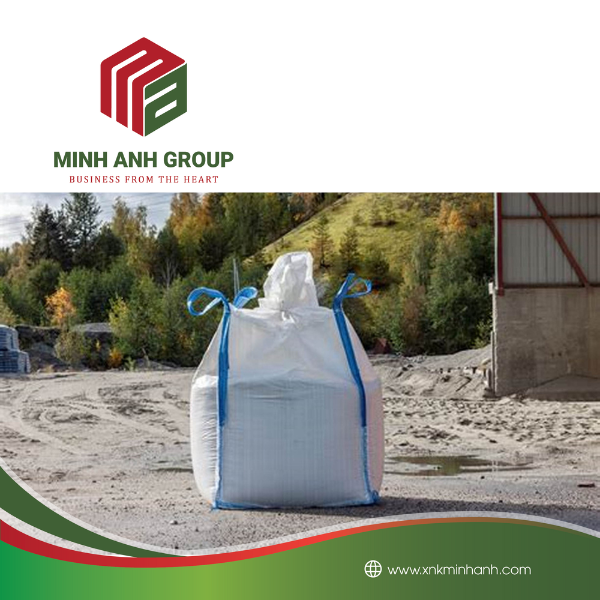
5. Ventilation and Breathability
For products like agricultural produce that require airflow, ventilated jumbo bags are an excellent choice. These bags feature woven mesh panels that allow air circulation while maintaining structural integrity. Conversely, fully sealed or coated bags are better suited for moisture-sensitive products like cement or chemicals.
6. Customizations
Many manufacturers offer custom jumbo bag solutions tailored to specific industry needs. Customizations may include:
– Printing logos or product information on the bag surface for branding or identification purposes.
– Adding liners for enhanced moisture or contamination protection.
– Incorporating anti-static properties for use in explosive or flammable environments.
Discussing your requirements with the supplier can help ensure the final product meets all operational criteria.
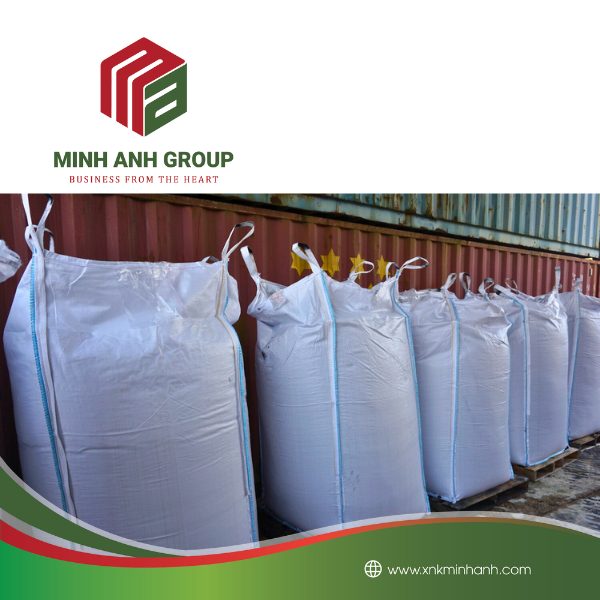
7. Regulatory Compliance
Certain industries, such as food processing and pharmaceuticals, require jumbo bags to meet stringent regulatory standards. Look for certifications such as ISO 21898 (Packaging – Flexible Intermediate Bulk Containers) or FDA compliance for food-grade applications. Ensuring regulatory adherence not only guarantees product safety but also minimizes liability risks.
8. Environmental Considerations
Sustainability is becoming an increasingly important factor in industrial operations. Many modern jumbo bags are recyclable and can be repurposed after their initial use. Additionally, some manufacturers produce eco-friendly options made from recycled materials without compromising strength or durability.
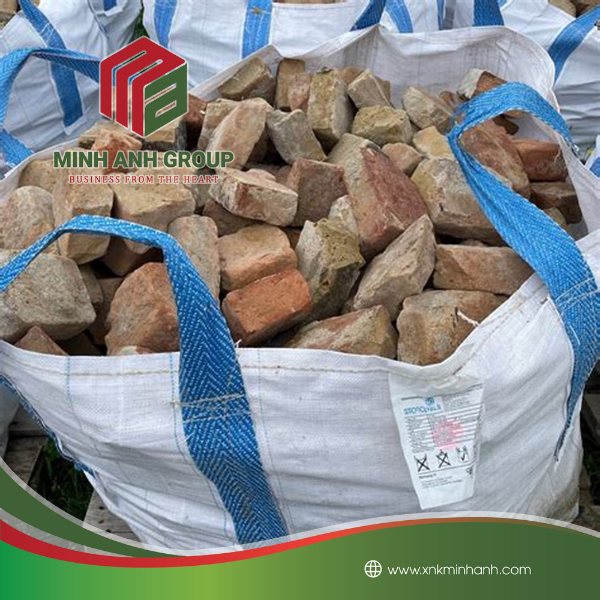
Understanding jumbo bag specifications is essential for making informed decisions that align with your operational needs and safety requirements. By carefully evaluating factors such as material composition, capacity, design features, and compliance standards, you can select a solution that optimizes efficiency while maintaining safety and quality standards.
Whether you’re dealing with agricultural produce, construction materials, or chemical substances, choosing the right jumbo bag ensures seamless handling, transportation, and storage—ultimately contributing to the success of your operations. Always consult with trusted suppliers to customize a solution that perfectly fits your unique requirements.
Hãy là người đầu tiên nhận xét “Jumbo Bag Specifications: Your Guide to the Details” Hủy
Sản phẩm tương tự
Tin Tức Bao Bì
Tin Tức Bao Bì
Tin Tức Bao Bì
Tin Tức Bao Bì
Tin Tức Bao Bì
Tin Tức Bao Bì


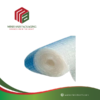











Đánh giá
Chưa có đánh giá nào.